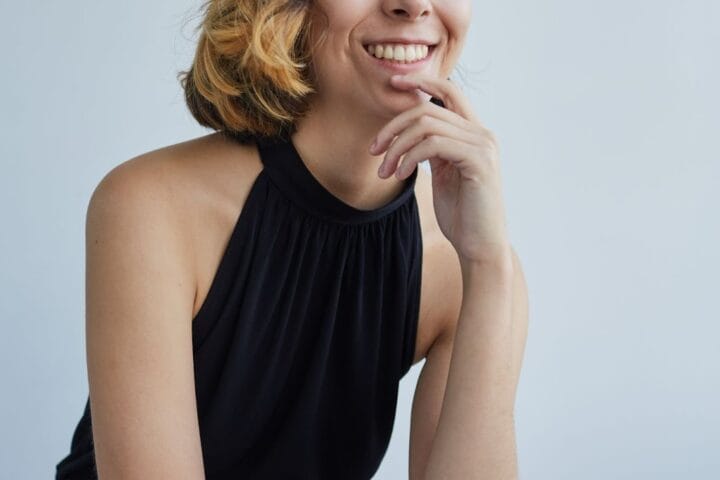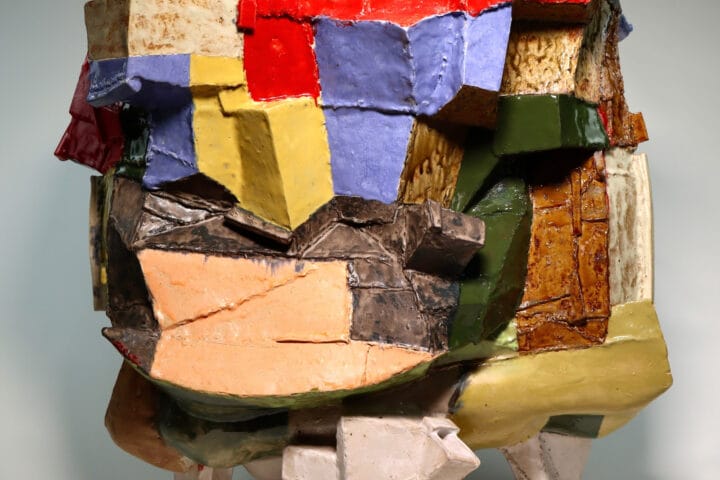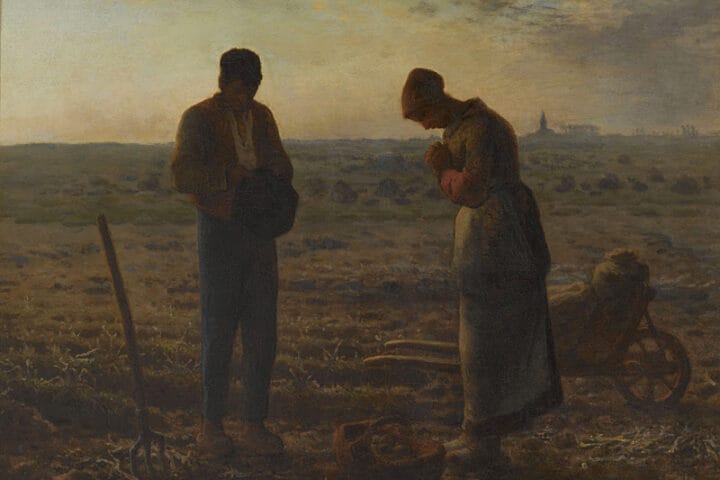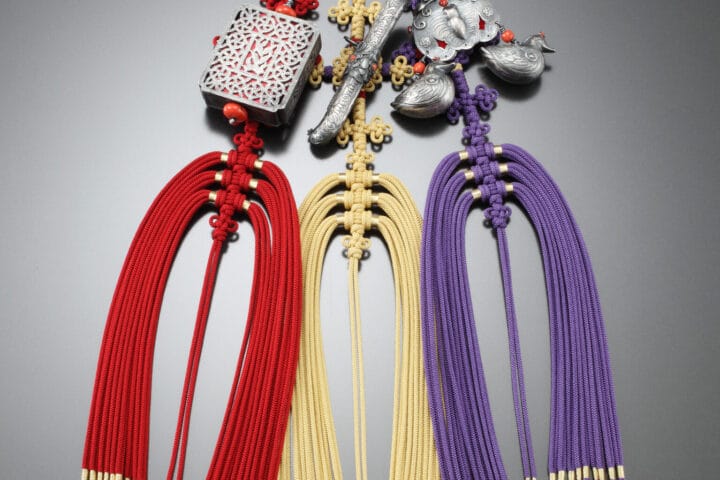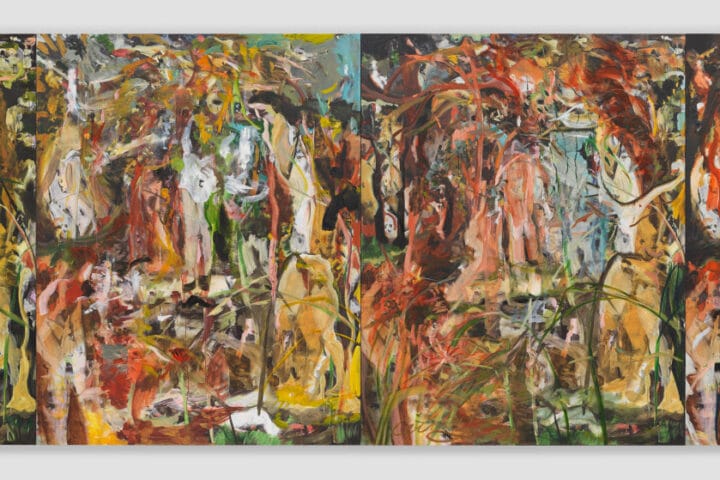“I’m not a real person. I’m a legend.”
Jean-Michel Basquiat
NEW YORK, 25 October 2023 – Ascending from SAMO ©, the street provocateur, to the avant-garde prodigy of the mainstream art world, Jean-Michel Basquiat arrived at the center of critical acclaim by the end of 1982. Though he was born and raised in Brooklyn, and was central to New York’s experimental art scene of the time, between 1982 and 1984, Basquiat also spent several critical months in Los Angeles, painting with a new freedom and exuberance that took him to extraordinary heights of critical and commercial prominence.
While living in L.A., Basquiat painted voraciously and with huge focus, producing a select group of masterworks that today rank among his most celebrated. Among these is his monumental masterpiece, Self-Portrait as a Heel (Part Two) – produced for his first ever show on the west coast, at the Gagosian Gallery in L.A. The painting is one of just a very small number of works across the entirety of his career that Basquiat chose to title ‘Self-Portrait’ – a testament to the great surge of confidence he felt as he burst beyond the New York art scene. Measuring eight feet tall, the gargantuan canvas, oozing self-confidence and typically brilliant image-play, will star as the highlight of Sotheby’s Contemporary Evening Auction on 15 November. Carrying an estimate of $40-60 million, the painting ranks among the most significant works by Basquiat ever to appear at auction. It also stands among the most valuable self-portraits, of any era, ever to come to the market.
Self-Portrait as a Heel (Part Two) is also one of only three paintings that incorporate the ‘heel’ slogan or – phrase ‘Self-Portrait as a Heel’ all of which the artist executed during his time in Los Angeles, including the sister painting to this, Self-Portrait as a Heel from 1982, and his 1983 Hollywood Africans, now held in the Whitney Museum of American Art, and understood to be an autobiographical depiction of his experience in Los Angeles. Basquiat’s use of word ‘heel’ is significant – a slang term used to describe delinquents or criminals, it is also used in professional wrestling to indicate the villain who serves as foil or anti-hero to the ‘face,’ the boxer cast as hero. In casting himself as the heel, Basquiat may well be referring to his own ‘anti-hero’ underdog status in both the canon of art and in society. But it’s a status that here he seems ready to fully embrace.
“From van Gogh to Picasso, Rembrandt to Freud, the self-portrait has long-served as a hallmark of artists that have given us disarmingly personal snapshots signifying their innermost thoughts and desires, as well as cyphers that viewers continue to read and decode for insights into their work. Self-Portrait as a Heel (Part Two) is Jean- Michel Basquiat’s definitive addition to this storied lineage. As the finest of the artist’s exceedingly small output of explicit self-portraits, this painting, from the most celebrated year of his career, is a striking work that remains an enduring touchstone encapsulating his ceaseless exploration of his own identity and his place within art history.”
– Oliver Barker, Chairman, Sotheby’s Europe
Coming to auction for the first time in more than two decades, Self-Portrait as a Heel (Part Two) will go on public view for the first time since then on 1 November in Sotheby’s New York galleries.
With storied provenance, the work previously belonged to esteemed Belgian collector Stéphane Janssen –an early champion of the artist – alongside other examples of Basquiat’s most acclaimed masterworks, including Versus Medici from 1982 (which sold for $50.8M at Sotheby’s New York in May 2021), and Anybody Speaking Words, also debuted in the Gagosian exhibition, as part of a group of monumental Black figure paintings by Basquiat that formed the core of Jannsen’s storied collection.
Self-Portrait as a Heel (Part Two) in Context
In this imposing painting, Basquiat seems almost to show himself in the act of painting – a full-scale figure whose back faces the viewer, his head spinning around to face them aggressively in a larger-than-life scale.
Lending his singular poeticism to self-portraiture, the picture confronts the viewer with Basquiat’s profound understanding of selfhood at the pinnacle of his brief but explosive career, and sees the artist confront the cultural stereotypes and alienation that he encountered as a young Black man in Twentieth-Century America.
This impressive painting also speaks to Basquiat’s enduring fascination with the architecture of the body – an interest that originates from an incident in his childhood when, after being struck by a car, the young Jean-Michel was hospitalized for a broken arm. The artist’s mother gave him a copy of the seminal medical tome Gray’s Anatomy, motifs from which would inform his art for the entirety of his career. Basquiat’s obsession with anatomy is here reflected in the several large hands that surround the figure –a reminder of the overwhelming creative power of Basquiat’s own hands, and also a hint to his fascination with artists like Leonardo da Vinci, for whom anatomy was also a key preoccupation.
Basquiat’s Transformative Stay in LA
“[LA] was a new town and nobody really knew him here, so he could be more free. That’s why he painted so much here.”
Tamra Davis, Documentary Filmmaker and Director of ‘Jean-Michel Basquiat: The Radiant Child’
Basquiat spent an extended period of time in Los Angeles in 1982 following his exhibition at Fun Gallery in the East Village. When he first arrived, he stayed with art dealer Larry Gagosian at his Market Street house in Venice, before subsequently leasing a studio nearby. Gagosian planned Basquiat’s debut West Coast exhibition at his gallery – then located in West Hollywood – which opened in the Spring, and prominently featured Self-Portrait as a Heel (Part Two) therein. A second solo show at Gagosian also opened the following year.
In the words of his friend and filmmaker Tamra Davis, Basquiat “re-created himself” in L.A, throwing himself into a phenomenal series of paintings. When he wasn’t working, he explored the city: dining at Mr. Chow’s restaurant, one of his favorite lunch spots, with the then-unknown Madonna who he was dating at the time; visiting fellow artist Robert Rauschenberg whose prints subsequently inspired Basquiat’s more abstract drawings; watching movies at The Nuart Theatre, and cycling along Venice Boardwalk.
A true lover of fashion as another outlet of self-expression, Basquiat would also buy his suits at Maxfield Blue, but he was so intent on getting back to paint, he didn’t always wait for the fashion boutique to finish tailoring them. With pins still affixed, he would return to his studio, painting so furiously in the not-yet-tailored suits they were quickly covered in paint.
Though Basquiat moved back to New York in 1984, he would return to L.A. throughout the 1980s, sometimes making stopovers on his way to and from Hawaii where he liked to vacation.


